Junkyard Find: 1979 Triumph Spitfire 1500

The low-value British or Italian sports car that sits in rough condition in a yard or driveway for decades, then takes that sad final journey to the local U-Wrench-It— it’s been a staple of the American self-service wrecking yard landscape for what seems like forever. The MGB and Fiat 124 Sport Spider are by far the most common examples of this breed, followed by the TR7, Alfa Romeo Spider, and the Triumph Spitfire. So far in this series, we’ve seen this ’65, this ’67, and this ’75, and now we’re getting right to the end of the Spitfire’s 19-year production run with today’s ’79.
Like just about all junkyard convertibles, the interior of this one is pretty well roasted to oblivion by many years of outdoor storage.
It’s possible that someone plucked this tube header before the car got crushed (I shot these photos last October in Northern Californai, which means this car is probably shredded metal bits in a shipping container in Shenzhen at this point), but there’s not much demand for smogged-up 1500s these days.
Those horrible 5 mph crash bumpers! Even in this apparently rust-free condition, nobody was willing to rescue this forlorn British Leyland machine.
The emergency run to the hospital in a Spitfire seems like a risky proposition, but it worked out fine in the commercial.
From the land of British Racing Green.
For the man who has lived long and well, it offers a respite from boredom.
This ad offers a more accurate portrayal of real-world Spitfire driving on American highways.
Chicks dug it, though, especially after pulling .87 Gs on the skidpad.
British Leyland had something for everyone!

Murilee Martin is the pen name of Phil Greden, a writer who has lived in Minnesota, California, Georgia and (now) Colorado. He has toiled at copywriting, technical writing, junkmail writing, fiction writing and now automotive writing. He has owned many terrible vehicles and some good ones. He spends a great deal of time in self-service junkyards. These days, he writes for publications including Autoweek, Autoblog, Hagerty, The Truth About Cars and Capital One.
More by Murilee Martin
Latest Car Reviews
Read moreLatest Product Reviews
Read moreRecent Comments
- Corey Lewis It's not competitive against others in the class, as my review discussed. https://www.thetruthaboutcars.com/cars/chevrolet/rental-review-the-2023-chevrolet-malibu-last-domestic-midsize-standing-44502760
- Turbo Is Black Magic My wife had one of these back in 06, did a ton of work to it… supercharger, full exhaust, full suspension.. it was a blast to drive even though it was still hilariously slow. Great for drive in nights, open the hatch fold the seats flat and just relax.Also this thing is a great example of how far we have come in crash safety even since just 2005… go look at these old crash tests now and I cringe at what a modern electric tank would do to this thing.
- MaintenanceCosts Whenever the topic of the xB comes up…Me: "The style is fun. The combination of the box shape and the aggressive detailing is very JDM."Wife: "Those are ghetto."Me: "They're smaller than a Corolla outside and have the space of a RAV4 inside."Wife: "Those are ghetto."Me: "They're kind of fun to drive with a stick."Wife: "Those are ghetto."It's one of a few cars (including its fellow box, the Ford Flex) on which we will just never see eye to eye.
- Oberkanone The alternative is a more expensive SUV. Yes, it will be missed.
- Ajla I did like this one.



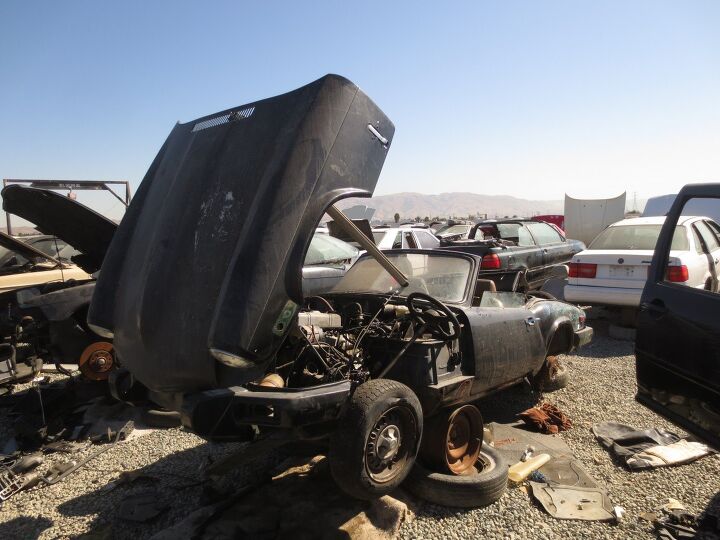




















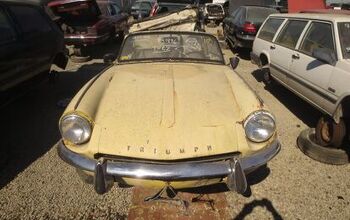
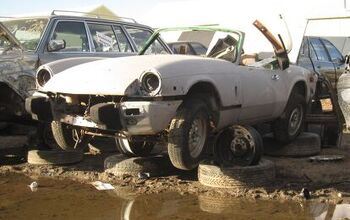
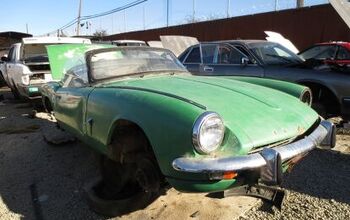


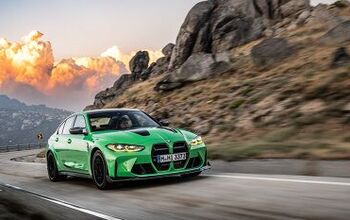

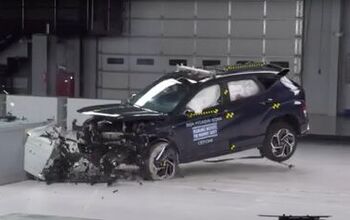
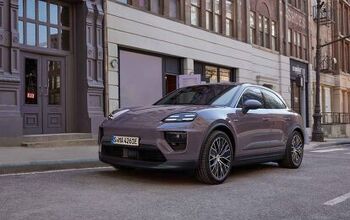


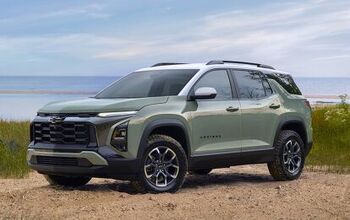
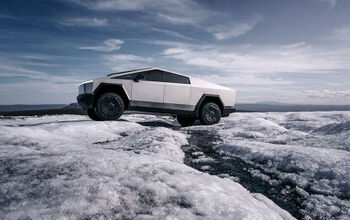

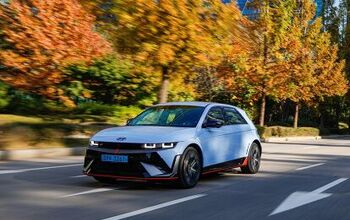

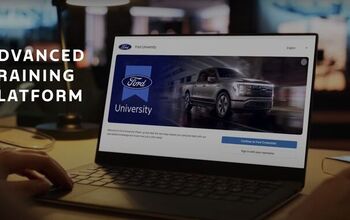

Comments
Join the conversation
No Cali Stags? Opened your wallet wider and died sooner. By 79 this first buyer shoulda known better. Buy then cat was WELL out of the bag on BL. Typical British stupidity & the Calis that fell for it.
These cars have quite a strong following here in NZ. In fact most pre-1980 cars on our roads (unless they are completely rusted out or mangled in an accident) find somebody willing to fix up or restore them before the scrappers take them away. I ran into a few friends from the Auckland Triumph Car Club dismantling a Spitfire at my local U Pick several months ago, it had crashed into a tree and had a badly dented rear quarter panel. We took out the engine, gearbox, front suspension including the brakes and most of the dashboard switches too. Most of these live on in one of the participants Triumph Vitesse (that's a Triumph Herald with the 2 liter straight six engine. About 2 months after that had taken place I got an email from another club member with the following link in it: http://www.jaianila.com/353790363 Somebody had found the Spitfire and bought it about 30mins after we had left the junkyard with most of it's parts! Unbelievable, we'd honestly thought that poor car was crusher fodder (even by our incredibly generous Kiwi standards).